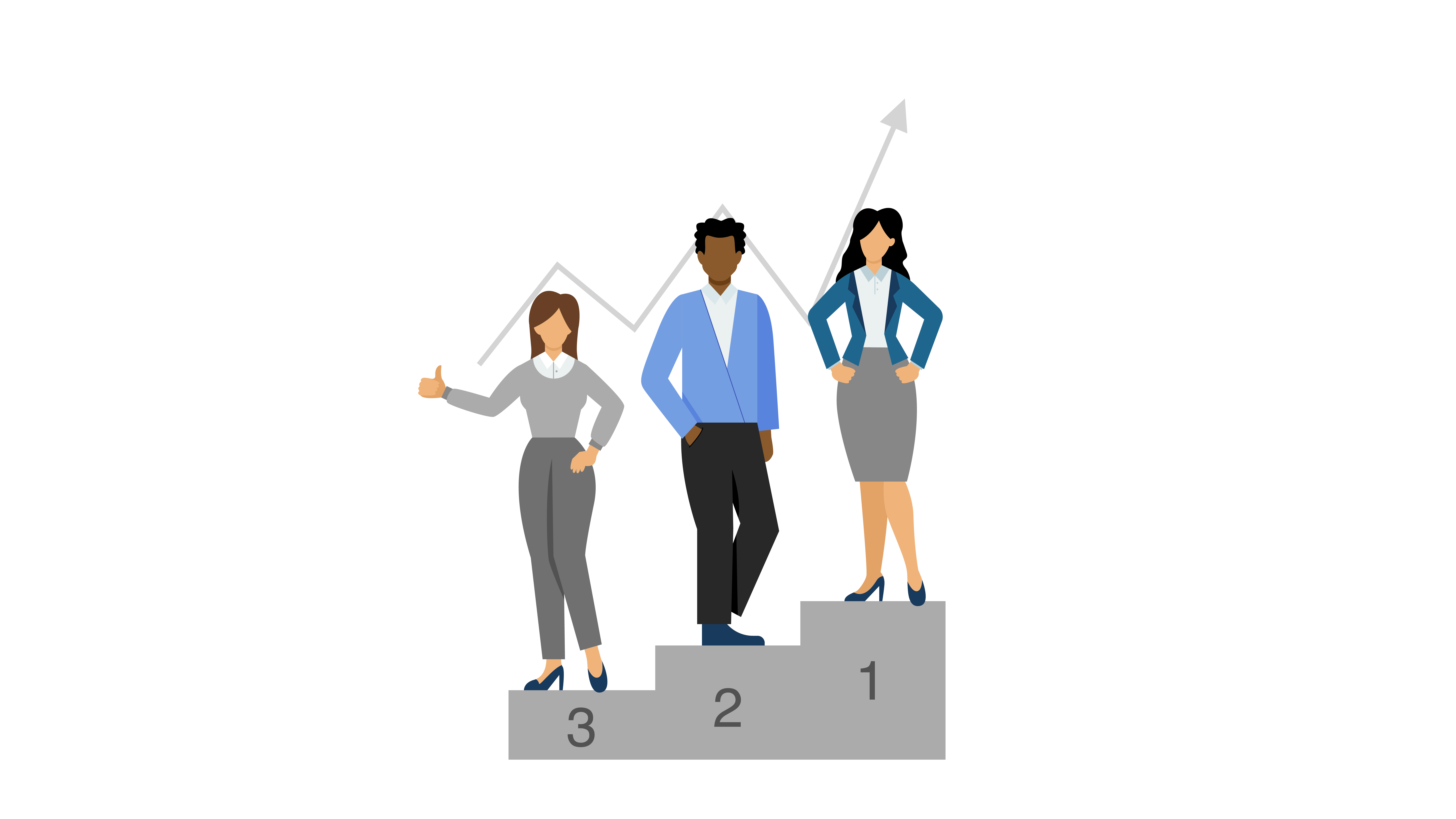All Categories
Featured
Modern companies require an centralized location to store Customer Data Platforms (CDPs). It is an essential tool. These software applications provide the most accurate and complete view of the customer, which can be used to provide targeted marketing and customized customer experience. CDPs come with a wide range of features such as data management, data quality and formatting of data. This ensures that customers are compliant in how they are stored, used and accessible. With the capability to pull data from other APIs as well, the CDP can also help organizations place customers at the heart of their marketing strategies and improve their operations and engage their customers. This article will look at the various aspects of CDPs and how they help organizations.
cdp data
Understanding the CDP. A Customer data platform (CDP) is software that lets companies gather, manage and store information about customers from a single area. This gives an precise and complete picture of the customer. It is used to create targeted marketing and personalized customer experiences.
-
Data Governance: A CDP's capacity to guard and regulate the information that is incorporated is one of its key attributes. This involves profiling, division and cleaning of data that is incoming. This is to ensure compliance with data regulations and policies.
-
Quality of the Data: It's important that CDPs ensure that the data collected is of high quality. This involves ensuring that the data is accurately input and has the required quality requirements. This can help to reduce costs associated with cleaning, transforming, and storage.
-
Data Formatting Data Formatting CDP is also used to ensure that data conforms to an established format. This permits data types like dates to be matched to customer data, and also ensures consistent and logical data entry. what is a cdp
-
Data Segmentation: The CDP allows you to segment customer data in order to better understand the different customers. This lets you examine different groups against one another and get the right sample distribution.
-
Compliance CDP: The CDP lets organizations handle customer data in a manner that is in line with. It permits the definition of secure policies, the classification of information according to those policies, and even the identification of violations to policies when making marketing decisions.
-
Platform Selection: There's an array of CDPs to choose from, so it's crucial to fully understand your requirements before selecting the best one. This is a must when considering features like data privacy , as well as the ability to access data from other APIs. cdp analytics
-
Put the customer at the Heart of Everything: A CDP allows the integration of raw, real-time customer data, providing the speed, accuracy and unison that every marketing staff needs to boost their efficiency and make their customers more engaged.
-
Chat, Billing, and More With a CDP It's easy to get the context you require to have a productive conversation, no matter if it's past chats, billing, or more.
-
CMOs and big-data: Sixty-one percent of CMOs say they're not using enough big data according to the CMO Council. A CDP can aid in overcoming this by offering a 360 degree view of the customer , allowing for more effective utilization of data to improve marketing and customer engagement.
With so lots of different types of marketing technology out there every one normally with its own three-letter acronym you might question where CDPs come from. Although CDPs are amongst today's most popular marketing tools, they're not a totally originality. Rather, they're the newest action in the development of how marketers handle consumer information and consumer relationships (Cdp Data Platform).

For most marketers, the single most significant value of a CDP is its capability to segment audiences. With the abilities of a CDP, marketers can see how a single client communicates with their business's different brand names, and recognize chances for increased personalization and cross-selling. Naturally, there's far more to a CDP than division.
Beyond audience segmentation, there are three huge reasons that your business may desire a CDP: suppression, personalization, and insights. Among the most intriguing things marketers can do with information is identify customers to not target. This is called suppression, and it belongs to delivering genuinely personalized client journeys (Cdp Product). When a customer's unified profile in your CDP includes their marketing and purchase data, you can reduce advertisements to clients who've currently purchased.

With a view of every consumer's marketing interactions connected to ecommerce information, website check outs, and more, everyone across marketing, sales, service, and all your other groups has the possibility to understand more about each client and deliver more personalized, appropriate engagement. CDPs can assist marketers deal with the origin of many of their biggest daily marketing problems (Customer Data Platform).
When your data is disconnected, it's harder to understand your consumers and create significant connections with them. As the number of information sources used by marketers continues to increase, it's more crucial than ever to have a CDP as a single source of truth to bring it all together.
An engagement CDP utilizes customer information to power real-time customization and engagement for clients on digital platforms, such as sites and mobile apps. Insights CDPs and engagement CDPs comprise the bulk of the CDP market today. Very few CDPs consist of both of these functions similarly. To select a CDP, your company's stakeholders need to consider whether an insights CDP or an engagement CDP would be best for your requirements, and research study the couple of CDP choices that consist of both. What Are Cdps.
Redpoint GlobalLatest Posts
CDPs and the Role of Data Segmentation in Personalized Marketing
CDPs and the Role of Data Segmentation in Marketing
CDPs and the Role of Data Segmentation in Marketing